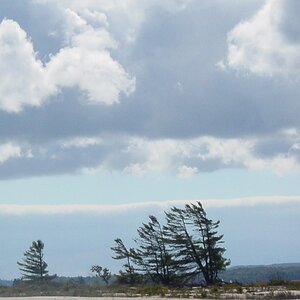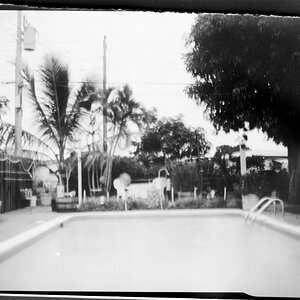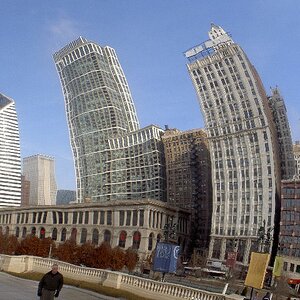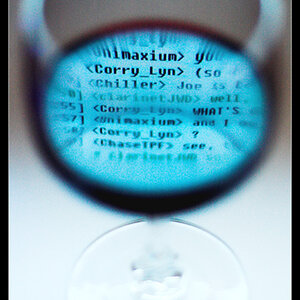FXA
TPF Noob!
- Joined
- May 6, 2016
- Messages
- 12
- Reaction score
- 0
- Can others edit my Photos
- Photos OK to edit
Hi everyone,
I'm planning to buy a new mirrorless system camera. Additionally I'm going to buy the Kit Lens, an affordable Tele Lens and maybe one or two prime lenses later. I also want to adapt some old manual lenses. I could already limit my choice to three main options:
1. Fujifilm X-T10 +16-50 (or 18-55) + 50-230
2. Sony Alpha 6000 +16-50 + 50-210
3. Olympus OMD E-M10 + 14-42 + 40-150
I mainly shoot nature (some wildlife too) and landscape, sometimes cities/architecture and sports and I also take a lot of pictures while traveling, so my gear should not be to big and heavy.
So the Fuji has probably the best image quality and more important also the better Kit Lenses, especially compared to Sony. I like the viewfinder in the Olympus the best and I consider the one in the Sony the worst, I also don't like the position. The Sony has the best grip, but I prefer the menues, the controls and design/build quality in both, the Fuji and the Olympus. I really like filming, so a good video quality would be very nice. I think the Sony is the best here, isn't it. The Fuji lacks ISO 100 and 6400+ in Raw mode which is definitely a downside of this camera. On the other hand the Sony has no built-in Intervalometer which is disappointing because I like shooting star trails and timelapse videos from time to time.
I have got a few questions now:
I have seen that the Fuji raws are looking a bit soft and I read that the NR is active even in Raw mode. Is that true and is it noticeable in normal use?
Does one of these cameras feature Focus Trap?
Does the bigger sensor offer a noticeable advantage with manual lenses as these are originally made for bigger sensors?
Is the Sony 16-50 really that bad?
Which one is better? IBIS in the M10 or the OIS of Sony /Fuji lenses?
And finally...
Which one should I buy?
Thanks a lot for your help
I'm planning to buy a new mirrorless system camera. Additionally I'm going to buy the Kit Lens, an affordable Tele Lens and maybe one or two prime lenses later. I also want to adapt some old manual lenses. I could already limit my choice to three main options:
1. Fujifilm X-T10 +16-50 (or 18-55) + 50-230
2. Sony Alpha 6000 +16-50 + 50-210
3. Olympus OMD E-M10 + 14-42 + 40-150
I mainly shoot nature (some wildlife too) and landscape, sometimes cities/architecture and sports and I also take a lot of pictures while traveling, so my gear should not be to big and heavy.
So the Fuji has probably the best image quality and more important also the better Kit Lenses, especially compared to Sony. I like the viewfinder in the Olympus the best and I consider the one in the Sony the worst, I also don't like the position. The Sony has the best grip, but I prefer the menues, the controls and design/build quality in both, the Fuji and the Olympus. I really like filming, so a good video quality would be very nice. I think the Sony is the best here, isn't it. The Fuji lacks ISO 100 and 6400+ in Raw mode which is definitely a downside of this camera. On the other hand the Sony has no built-in Intervalometer which is disappointing because I like shooting star trails and timelapse videos from time to time.
I have got a few questions now:
I have seen that the Fuji raws are looking a bit soft and I read that the NR is active even in Raw mode. Is that true and is it noticeable in normal use?
Does one of these cameras feature Focus Trap?
Does the bigger sensor offer a noticeable advantage with manual lenses as these are originally made for bigger sensors?
Is the Sony 16-50 really that bad?
Which one is better? IBIS in the M10 or the OIS of Sony /Fuji lenses?
And finally...
Which one should I buy?
Thanks a lot for your help






![[No title]](/data/xfmg/thumbnail/39/39291-a89dc472765e04f66f617dd9acc8030d.jpg?1619738958)
![[No title]](/data/xfmg/thumbnail/32/32805-61ca9a4fb87d37c0ef4f991ac1705e1f.jpg?1619735667)





